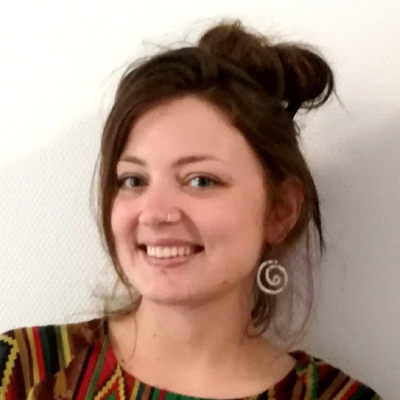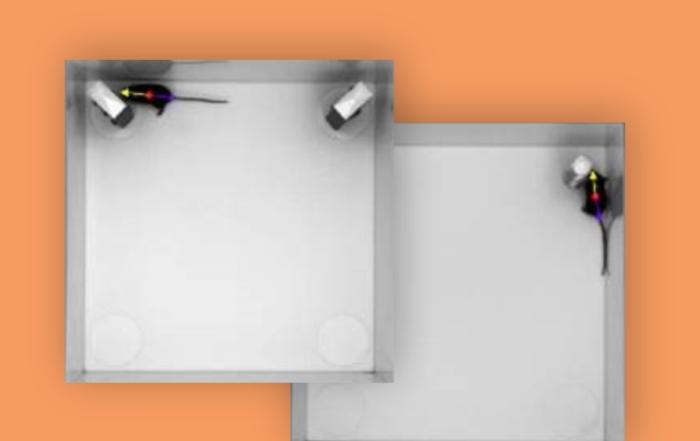In this webinar, Eliala Salvadori, MSc, shares her research on infant emotional communication patterns.
Highlights
- Components of infant nonverbal communication
- Factors that affect infant communication development
- Understanding coded behaviors using lag sequential analysis
Webinar Summary
Eliala begins this webinar by diving into the theory behind preverbal emotional communication with infants and their caregivers. This method of nonverbal communication has three main components: gaze direction, facial expression, and vocalizations. These patterns will vary depending on the person interacting with the infant, with mothers experiencing longer visual engagement, positive facial expressions, and higher vocalizations. In contrast, infant interaction with fathers is characterized by brief but frequent visual engagement patterns and shorter periods of positive facial expressions, though fathers receive a similar frequency of vocalizations as mothers.
“Preverbal social interactions rely on multimodal communication.”
Novel communication patterns tend to arise when infants interact with strangers, which can also vary considerably from person to person. Interactions with mothers typically shape how infants approach interactions with strangers, and will determine their vocalization and communication patterns. Temperament also significantly contributes to how infants behave in new scenarios, and can be observed as early as four months.
Infants will naturally lean toward surgency or negative affectivity as a preferred method of emotional reactivity. Surgency is the tendency toward more positive emotions, and infants that express this will typically be more social, impulsive, and eager to engage in unfamiliar situations. On the other end of the spectrum, infants who experience negative affectivity tend to become more irritable and distressed when placed in new environments.
“Temperament is a biologically-based factor that predisposes … emotional and motor responses to the environment in terms of emotional reactivity and self-regulation.”
Based on these factors, Eliala wanted to investigate if there is a difference in how infants communicate emotionally with strangers versus their parents, as well as how temperament affects these communication patterns. For these experiments, infant communication patterns were assessed by the length of visual engagement and the frequency of positive emotions and vocalizations. Additionally, Eliala examined the concurrent and longitudinal associations between infant communication with strangers and either parent while controlling for temperament.
Fifty-eight families were selected to participate in this study, and interactions between infants and parents or strangers took place in their homes. Infant emotional communication and temperament were assessed at both four and eight months. Eliala discovered that on average, infant facial and vocal communication differed by partner: infants gazed longer at strangers than they did at their fathers, smiled less at strangers than at their mothers, and produced fewer vocalizations with strangers than with either parent. Additionally, infant age and temperament were found to moderate these behavioral differences. Lastly, infant visual, facial, and vocal communication patterns with strangers were positively associated with maternal and, to a lesser extent, paternal communication, likely because the father represents a medium in between the safety of the mother and the unfamiliarity of a stranger.
Next, Eliala highlights some limitations and future directions for this study. For instance, examining a more heterogeneous group of families would help validate these findings, as well as time points beyond eight months of age. Eliala aims to use these findings to predict infant pointing behavior based on their emotional communication patterns with mothers, fathers, and strangers. To conclude this webinar, a representative from Noldus Information Technology, Jason Rogers, PhD, shares how lag sequential analysis can be used to understand coded behaviors, and helps answer technical questions during the Q&A session.
Resources
Q&A
- Why do you think there was no difference in infant smiling between strangers and fathers?
- What are some other behaviors that would work well for lag sequential analysis?
- Do infants react differently to female versus male strangers?
- What are the differences between positive and negative stimuli in the pointing experiment?
- Is there any correlation between facial expression and arm movement at four months versus eight months?
Presenters
PhD Researcher
Developmental Psychopathology Unit, Research Institute of Child Development and Education
University of Amsterdam
Senior Research Scientist
Noldus Information Technology








